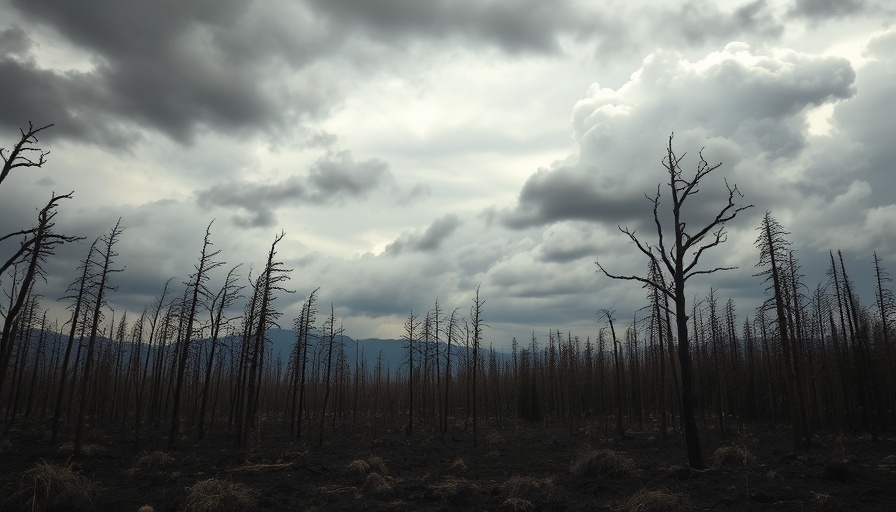
Understanding the Wildfire Aftermath: A Necessity for Property Owners
The recent wildfires in Los Angeles serve as a chilling reminder of nature's unpredictable power. Following immediate firefighting efforts, the secondary threats of debris, mudslides, and flooding exacerbate the damage, seriously impacting both commercial and residential properties. As Kristan Lund, a meteorologist with the National Weather Service, aptly put it, this scenario represents the ultimate worst-case challenge for property owners.
Navigating the Insurance Maze Post-Disaster
A critical concern for those affected pertains to insurance coverage. Many homeowners and commercial property policies explicitly exclude flood and earth movement damage. However, California's “efficient proximate cause” doctrine may still pave the way for policyholders to claim damages if a wildfire is identified as the primary cause of subsequent flooding or mudslides. This exposure is complicated by the requirement to prove this connection, often necessitating an expert analysis that can further complicate an already difficult recovery process.
Debris Removal: An Essential First Step in Reconstruction
The process of recovery begins with debris removal—a necessary precursor to any rebuilding efforts. For instance, the Los Angeles County Debris Removal Program offers free assistance, allowing property owners to conserve their insurance payouts for rebuilding rather than spending on cleanup. However, those choosing private debris removal should be cautious, as costs incurred may reduce the insurance money earmarked for reconstruction.
Rebuilding Obstacles: From Material Shortages to Evolving Regulations
Once debris is cleared, property owners face further hurdles when it comes to reconstruction. Supply chain disruptions and labor shortages are rife, driving up costs significantly amid the chaos. Additionally, adapting to updated building codes—potentially more stringent post-disaster—could further inflate rebuilding expenses. Awareness of how insurance benefits align with these building code updates is crucial for property owners looking to maximize available funds during reconstruction.
Strategic Steps for Maximizing Insurance Recovery
To facilitate a more effective insurance recovery process, affected property owners can take several vital steps:
- Understand Your Policy: Familiarize yourself with policy specifics, especially concerning post-fire flood and mudslide damages.
- File Claims Promptly: Adherence to claim deadlines is critical; report losses immediately while keeping detailed records.
- Request Advance Payments: Under California law, you are entitled to advance payments for additional living expenses.
- Hire a Public Adjuster: Employing a licensed public adjuster can counteract undervaluation by the insurance company's appointed adjuster.
- Use Public Debris Programs: Participate in local debris removal programs to avoid exhausting insurance funds meant for rebuilding efforts.
Moving Forward: Empowering Rebuilding Initiatives
As we face the inevitability of natural disasters, understanding the landscape of insurance and reconstruction becomes paramount for property owners. By being proactive and informed, homeowners and property owners can better navigate the complexities, ensuring that they not only recover but thrive in the aftermath. With diligence and informed strategy, the daunting task of recovery can become a disciplined renewal.
 Add Row
Add Row  Add
Add 




 Add Row
Add Row  Add
Add 

Write A Comment